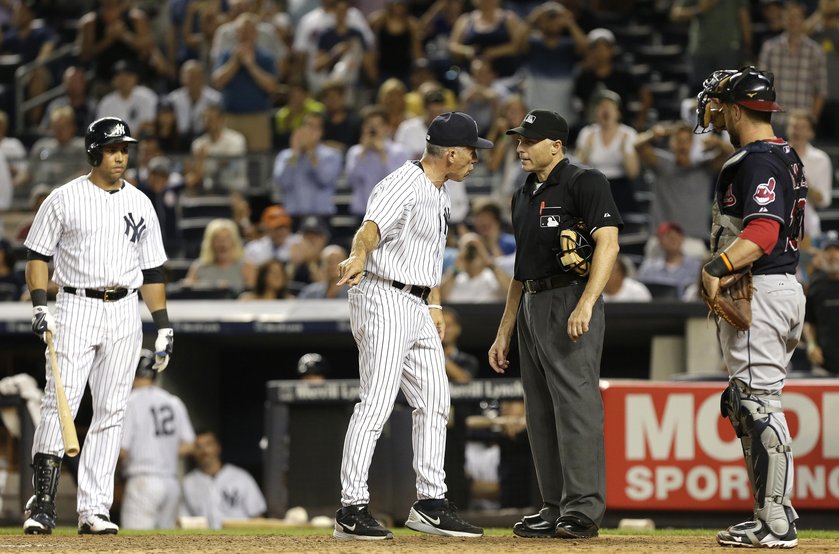Two Strikes on One Pitch

The tight contest between the batter and the pitcher can be described as a homeostatic balance of the personal capacities of the batter and the pitcher governed by the laws of physics and human neurophysiology.
The distance from the pitching plate to the rear point of home plate is 60 feet, 6 inches.
According to Jason Sherwin, a neuroscientist with an interest in high-speed decision-making:
- A 95-mph fastball travels at about 139 feet-per-second which means it takes about 0.425 seconds to reach home plate.
- Therefore, in about 0.425 seconds a batter must see the ball, predict where it is going, and also generate a swing.
- A major-league swing takes around .181 to .2 seconds.
Subtracting 0.18 to 0.2 seconds from 0.425 seconds leaves about 0.2 seconds to make a decision.
Furthermore, it takes between 0.1 to 0.18 seconds for the brain to realize the pitch has been thrown, leaving the batter with only hundredths of a second to swing.
Specifically, when the amount of time for the swing and the amount of time for the eye to see the pitch (including brain processing of the sensory data) are taken into consideration, the batter has only 0.05 to 0.1 seconds to decide whether or not to swing at the pitch.
The rules of baseball relating to pitching and batting seem to have evolved to balance the interests of the batter and the pitcher in the context of the closely matched thresholds that govern the physical performance of both.
Pitchers must comply with specific rules for two distinct pitching positions (the “Set” and Wind Up” pitching positions) beginning with the position of the feet; and avoid illegal acts such as:
- Applying foreign substance to the ball;
- Spitting on the ball or glove;
- Rubbing the ball on the glove, clothing or person if the act defaces the ball;
- Discoloring the ball with dirt;
- Bringing the pitching hand in contact with the mouth without distinctly wiping off the pitching hand before it touches the ball;
- Wearing any items on the hands, wrists or arms that may be distracting to the batter;
- Wearing or placing tape, bandages or other foreign material (other than rosin) on the fingers or palm of the pitching hand that could come in contact with the ball;
- Wearing a glove or mitt that includes the colors white or gray;
- Wearing exposed undershirt sleeves that are white or gray.
Batters must keep at least one foot in the batter’s box throughout the time at bat, except for enumerated exceptions, and shall not:
- Hit the ball while either foot or knee is touching the ground completely outside the lines of the batter’s box or touching home plate; or
- Disconcert the pitcher by stepping from the batters' box on one side of home plate to the batter's box on the other side of home plate while the pitcher is in position ready to pitch.
There are other batter infractions such as calling “time” or using any command or committing any act for the purpose of causing the pitcher to balk (i.e. throw an illegal pitch or not deliver a pitch after the time of pitch is initiated) for which a batter can be ejected, and other batting infractions for which the batter can be called out.
On rare occasions, baseball rule application, which seems to have the purpose of preventing the behavior of the batter from causing the pitcher to balk as well as preventing delay of game, can result in two strikes being awarded to the pitcher upon completing one pitch.
To be precise, as noted above, the batter must keep one foot in the batter’s box throughout the time at bat.
By rule, if the batter steps out of the batter’s box with both feet while the ball is live (i.e. time or time out has not been called by the umpire) a strike shall be awarded to the pitcher regardless of whether or not a pitch is delivered; and if the pitcher legally delivers a pitch it shall be called a strike regardless of whether or not the pitch is in the strike zone.
Thus, by rule in the circumstances described above, two strikes will be called upon delivery of the pitch and the ball will remain live (which means, for example, that any runners can advance at their own risk).
It seems that application of this rule almost always produces a dramatic scene initiated by members of the offense that involves the umpire, usually with the manager or head coach playing the leading role.

